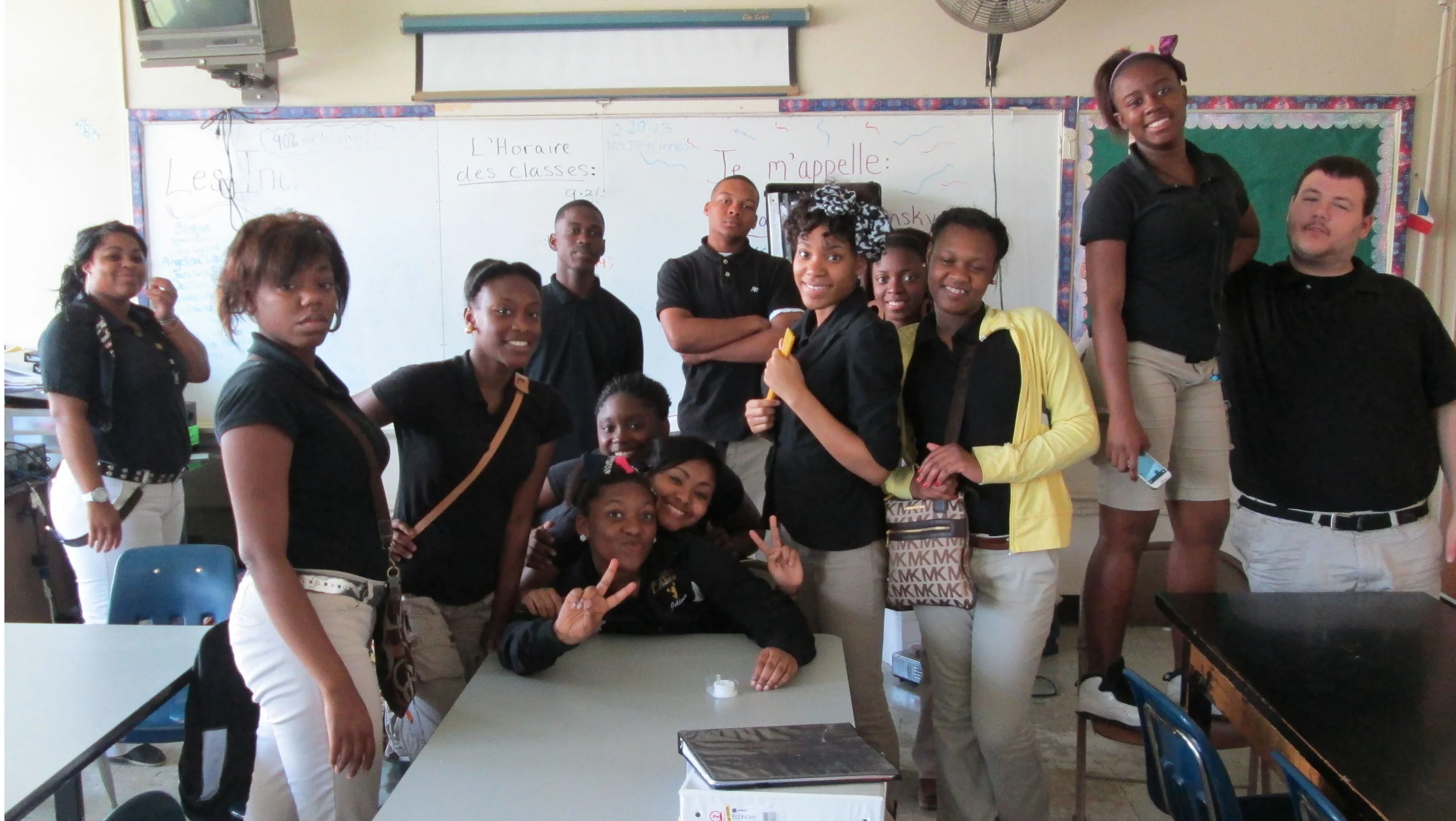I had one question—what can I do that MIT open courseware can't do?
You can't learn Spanish just by listening to someone talk in Spanish. Similarly, teaching biology begins with the actual teaching of science vocabulary.
Common Vocabulary based issues in biology resources
- Few methods practice using vocabulary
- Too many new vocabulary words are taught at once
- More breadth vs. depth
- Lack of application; lack of purpose
- Missing easy jumps to current science issues
Created Tests and notes that focus around specific vocabulary
Tests: I give both a vocabulary test and a multiple choice/written test. Students must score an 80% on the vocabulary test to take the multiple choice test. Why? How can you apply vocabulary if you don't know the vocabulary?
Notes: My students take notes directly on notecards.
Benefits of strategy:
- Provides a tool they can study from (the notecard)
- Shows students exactly what they need to learn.
- Allows for conversation to talk about learning strategies (see diagram)
Initial Signs of Success
- I taught three students AP Biology for one semester. All we used was notecards. One student received a four, another received a three. The third student, who barely passed my class, received a two.
- All my students (40) in freshman biology were all able to get an 80% or higher on a test with 63 vocabulary words and facts.
Designed Novel, Practice worksheets grounded in application
I've designed 35+ worksheets that are 20min activities where students independently learn something new about the world using the vocabulary they have been learning.
Real Science: Worksheets
Students are walked through a concept that uses new vocabulary words and test their comprehension by analyzing graphs, tables, and diagrams.
Real Science: Readings
Based on Teach for America's best practices in English classes, Real Science Readings prompt previous knowledge, guide students through readings, and help them analyze what they've read.
Im still experimenting
The beauty of education is that it's never solved.
10min Notecard Jams: Immediately after I give a lesson, I have students take 10min to teach each other the new vocabulary and concepts before they venture into the real science worksheet.
Call and Response: I'm finding students are having difficulty pronouncing words. I'll use EmmaSaying or the online dictionary pronunciation of words so students can hear and repeat the word.
Google Searches: To build a better visualization of material, I'll google vocabulary words and see what images arise. We then compare and contrast images to each other to get a better understanding of the vocabulary we're learning.
Written Summaries: After each Real Science, I have students take 10min to summarize the point of the worksheet. It's been shown writing down what you've learned is one of the best ways of learning.

